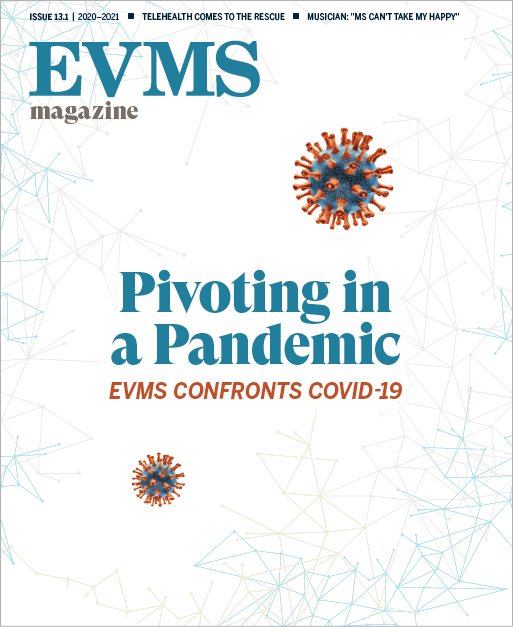
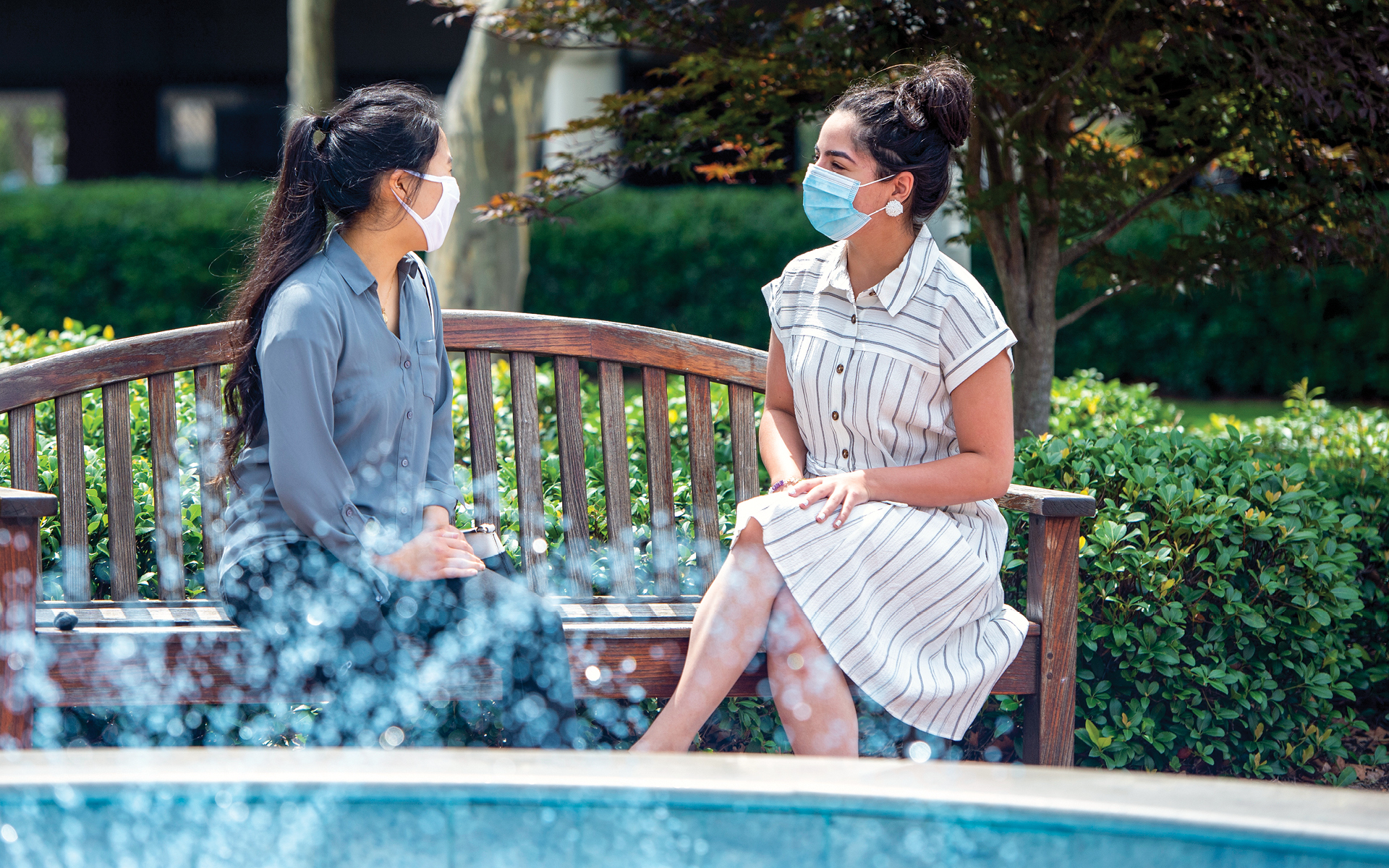
The five-person Distance Education team at EVMS had plenty to handle, with five online degree programs, four that blend online and in-person classes, and eight online certificate programs.
Then came the pandemic. And the whole school went online.
Fortunately, says Cynthia Cadieux, PhD, RDN, Director of Distance Education, “EVMS had a talent pool ready to rise to the occasion. Our mission became to serve all EVMS faculty and staff to ensure they are knowledgeable and supported, so they can do the important work of education and community service.”
In short order, the Distance Education team produced “rapid online conversion” training materials for faculty members, and they made themselves available day and night to anyone and everyone who needed help.
“Many of our faculty members had to adopt a whole new mentality,” Dr. Cadieux says. “They’ve had to put in an awful lot of work.”
Dr. Cadieux says EVMS was better prepared for the transition than many schools, thanks to the foresight of C. Donald Combs, PhD, Vice President and Dean of the School of Health Professions. With the EVMS physical campus at capacity for students, Dr. Combs has pushed the expansion of online programs and instructional technologies over the last 15 years.
“Dr. Combs built up the technology and support for Distance Education,” Dr. Cadieux says, “because it’s one of the few ways the school can keep growing.”
No rotations: What do we do now?
When COVID‑19 struck in March, in-person classes weren’t the only aspect of education affected. Third-year medical students — pulled from clinical rotations for their safety — needed a way to keep learning for six more weeks.
Enter Carolyn Rutledge, PhD, Adjunct Professor of Family and Community Medicine at EVMS and Professor and Associate Chair of Nursing at Old Dominion University. A former full-time EVMS faculty member for 20-plus years, Dr. Rutledge also serves as co-director of ODU’s Center for Telehealth Innovation, Education & Research (C-TIER) and since 2010 has pioneered telehealth in Hampton Roads, collaborating with EVMS along the way.
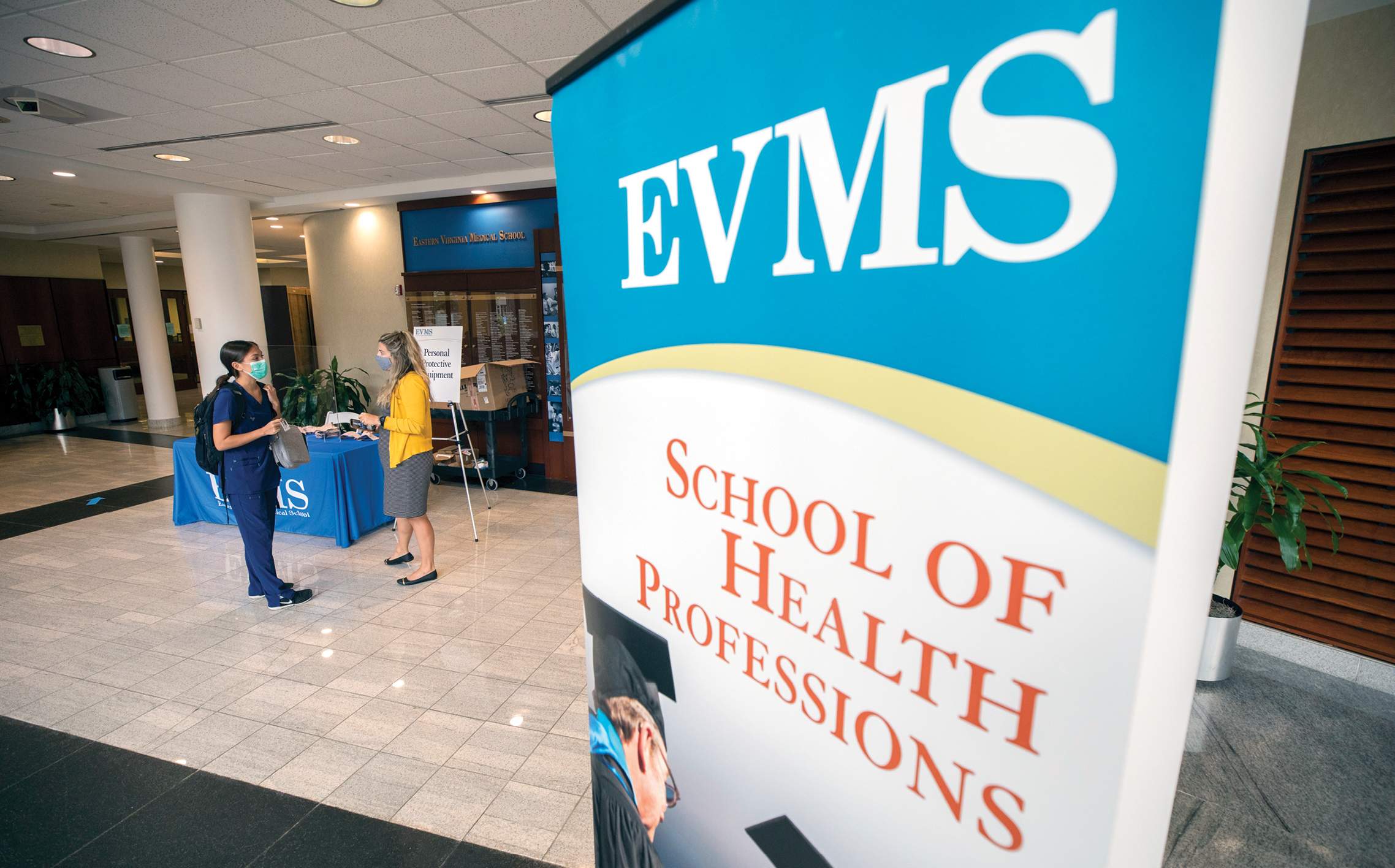
Dr. Rutledge immediately called A. Brooke Hooper, MD, Associate Dean for Clinical Education at EVMS, who oversees the education of third- and fourth-year medical students.
“I pitched her the idea to run a two-week-long educational program for third-year students that would have them ready to move into clinical sites that provided telehealth,” Dr. Rutledge says. “I felt it was my duty to help.”
Dr. Hooper was thrilled. Part of what third-year students learn, she says, is “to be flexible and deal with all the change that happens on a day-to-day basis. Our students are so resilient. I knew they would step up.”
Dr. Rutledge and her C-TIER colleague, Tina Gustin, DNP, RN, Adjunct Assistant Professor of Family and Community Medicine at EVMS, jumped into creating the virtual curriculum. Working long hours to stay a day or two ahead of each class session, they made telehealth training videos and organized the students into groups of 15.
Each group was assigned to work with a physician on the EVMS faculty to develop and present telehealth protocols and consent forms for a designated medical specialty — protocols and forms that have since been adopted by some EVMS Medical Group practices.
“I don’t think I’ve ever delivered a course that resulted in so many students sending me thank you notes,” Dr. Rutledge says.
Distance Education team member Amanda Burbage, PhD, is an Instructional Designer and Educator in the School of Health Professions.
“What’s unique about this story,” Dr. Burbage says, “is because EVMS has good communication and collegiality and such an authentic approach to education, we were able to go deep in the bench and leverage the clinical resources available to us. This is also an example of medical students on the front lines of preparation.
“Sometimes higher education is criticized for being out of touch with reality,” she says. “But this is an excellent example of our students and faculty being completely in touch with what’s going on at EVMS and in our community.”
Lessons learned: A more effective future
In August, EVMS launched the new academic year with a hybrid model for firstand second-year medical students and some Health Professions programs, says Ronald Flenner, MD, Vice Dean of Academic Affairs.
“Students are engaged online for all materials that can be delivered effectively online,” Dr. Flenner says. “Clinical skills, anatomy and ultrasound training are taught in person using the appropriate social distancing and PPE to ensure the safety of students, educators and standardized patients.”
During the summer, third-year medical students resumed clinical rotations, incorporating strict COVID-19 safety protocols.
“We’ve been very responsive to the needs of our students and the concerns around COVID-19 without compromising the quality of their education,” Dr. Flenner says. “We’ve done a good job of delivering a high-quality experience while ensuring the safety of our learners and educators.” Throughout the process, he says, EVMS academic leaders have held virtual town halls for students to keep them informed and address their concerns.
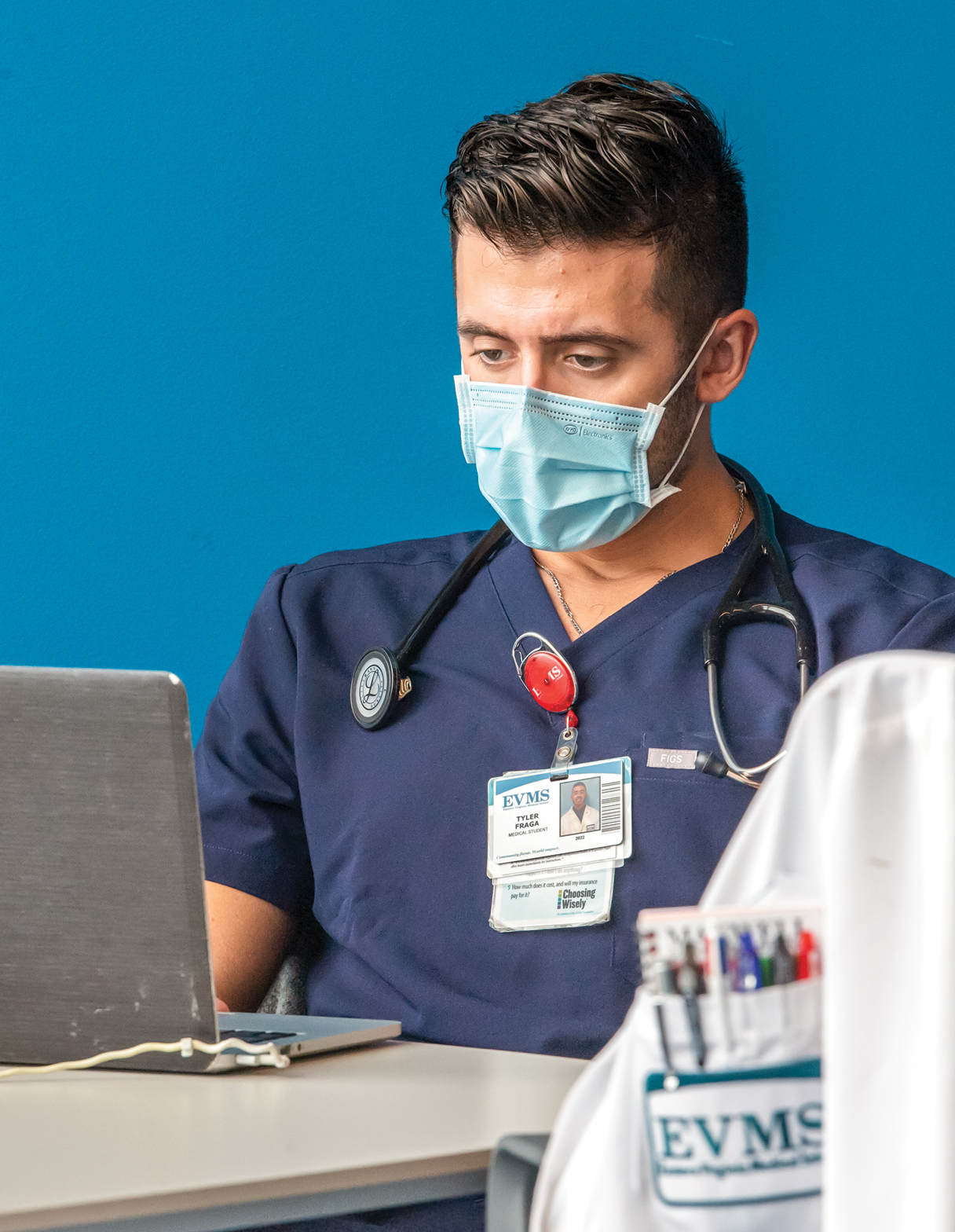
The school’s effective response to the pandemic, Dr. Flenner says, demonstrates that certain aspects of education can be streamlined and handled more efficiently. “Some face-to-face time may not be necessary. We’re dealing with a group of individuals who are quite adaptable and capable of learning independently.”
One remaining challenge affects fourth-year medical students around the nation. Most medical schools and health systems still prohibit student visits for “away rotations” and the onsite residency interviews they usually experience in their final year.
EVMS graduates are known among residency directors nationwide for having exceptional clinical skills. Coming up with ways for fourth-year students to display those skills requires creative thinking. “We are more committed than ever to helping our fourth-years achieve their career goals,” Dr. Flenner adds.
Dr. Hooper says she was struck both by the innovation and teamwork that kept EVMS education up and running, as well as the grace that faculty, staff and students extended each other.
“Everyone immediately came together as a team,” she says. “Everyone was willing to take the time to do this. What a great place to work.”
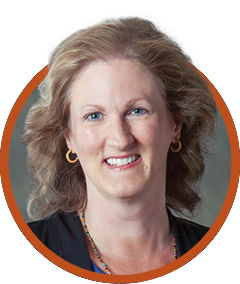
CYNTHIA CADIEUX, PhD, RDN
Dr. Cadieux is Associate Dean for Education Assessment and Evaluation in the School of Health Professions, Director of Distance Education and Director of Medical and Health Professions Education master’s and doctoral programs.
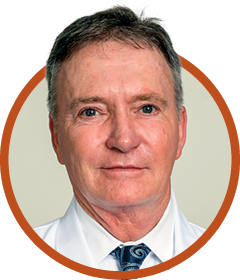
RONALD FLENNER, MD
Dr. Flenner is the James E. Etheridge Jr. Distinguished Professor, Vice Dean of Academic Affairs and Professor of Internal Medicine.
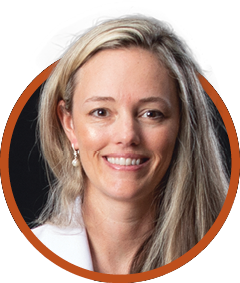
A. BROOKE HOOPER, MD
Dr. Hooper is Associate Dean for Clinical Education and Associate Professor of Internal Medicine.












